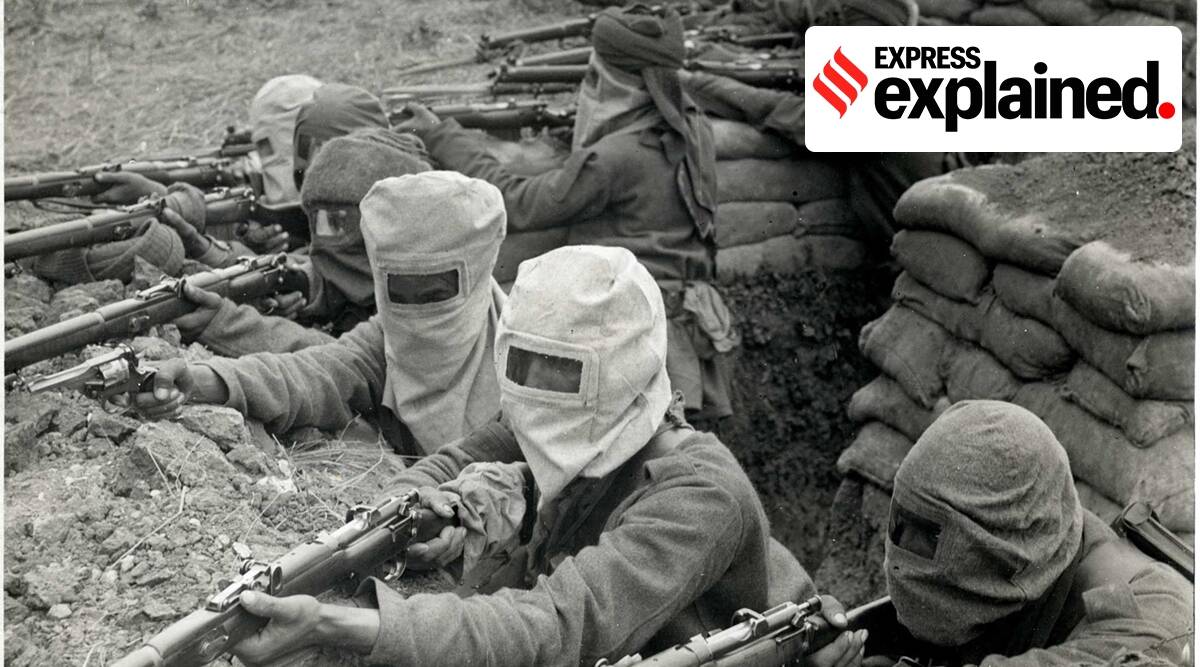Free Courses Sale ends Soon, Get It Now


Free Courses Sale ends Soon, Get It Now



Copyright infringement is not intended
Context: A new British Indian Army Memorial, commemorating the sacrifice of millions of Indian soldiers who fought for the British during the two World Wars, is set to be built in the Scottish city of Glasgow. The memorial is visualised as Scotland’s first permanent memorial wall to recognise the service and sacrifice of the British Indian Army during the world wars.
Details:
World War I:
World War II:
© 2024 iasgyan. All right reserved